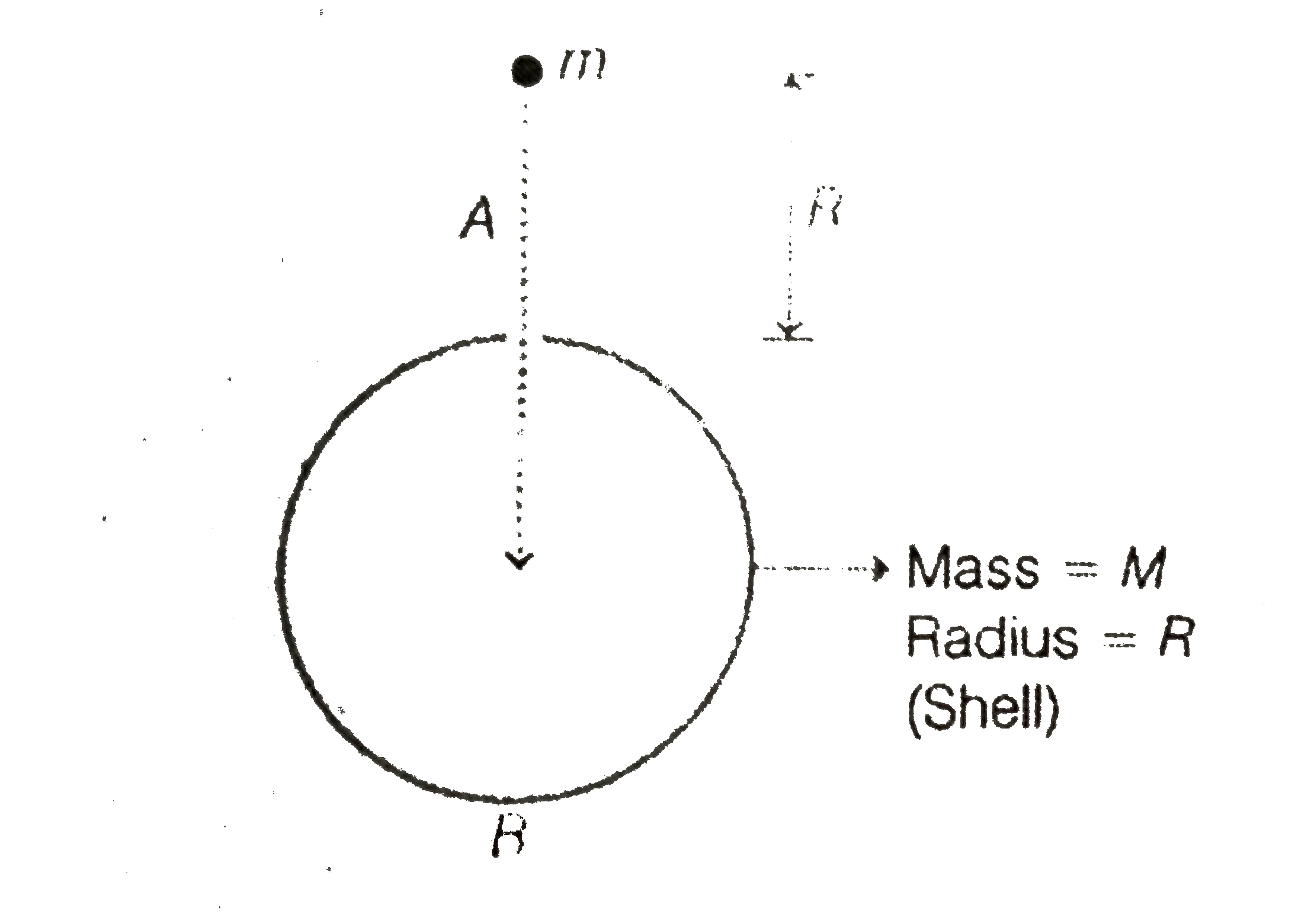According to the Bohr-Sommerfeld postulate the periodic motion of a particle in a potential field must satisfy the following qyantization rule:
∮pdq=2πħn,
where q and p are generalized coordinate and momenum of the particle, n are integers. Making use of this rule, find the permitted values of energy for a particle of mass m moving
(a) In a uniimensional rectangular potential well of width l
(b) along a circule of radius r,
(c ) in a unidimentional potential field U=αx2/2, where α is a positive constant:
(d) along a round orbit in a central field, where the potential enargy of the particle is equal to U=−α/r(α is a positve constant)
(a) if we measure energy from the bottom of the well, then V(x)=0 inside the walls. Then the quantization condition reads ∮pdx=2lp=2πnħ
or p=πħ/l
Hence En=p22m=π2n2ħ2ml.
∮pdx=2lp because we have to consider the integral form −12 to 12 and then back to −12.
(b) Here, ∮pdx=2πrp=2πnħ
or p=nħr
Hence En=n2ħ22mr2
(c ) By energy conservation p22m+12αx2=E
so p=√2mE−mαx2
Then ∮pdx=∮√2mE−mαx2dx
=2√mα∫√2Eα−√2Eα√2Eα−x2dx
The integral is ∫a−a√a2−x2dx=a2∫x/2−x/2cos2θdθ
=a22∫x/2−x/2(1+cos2θ)dθ=a2π2.
Thus ∮pdx=π√ma.2Eα=E.2π√mα=2πnħ
Hence En=nħ√αm.
( b) It is required to find the energy levels of the circular orbit for the rotential
U(r)=−αr
In a circular orbit, the particle only has tangible velocity and the qunatization condition reads ∮pdx=mv.2πr=2πnħ
so mvr=M=nħ
The energy of the particle is
E=n2ħ22mr2−αr
Equilibrium requires that the energy as a function of r be minimum. Thus
n2ħ2mr3=αr2orr=n2ħ2mα
Hence En=−mα22n2ħ2
Topper's Solved these Questions
- ATOMIC AND NUCLEAR PHYSICSBOOK - IE IRODOV, LA SENA & SS KROTOVCHAPTER - ATOMIC AND NUCLEAR PHYSICSEXERCISE - Wave Properties Of Particle
48 Videos
- ATOMIC AND NUCLEAR PHYSICSBOOK - IE IRODOV, LA SENA & SS KROTOVCHAPTER - ATOMIC AND NUCLEAR PHYSICSEXERCISE - Properties Of Atom
69 Videos
- DIRECT CURRENTBOOK - IE IRODOV, LA SENA & SS KROTOVCHAPTER - DIRECT CURRENTEXERCISE - All Questions
15 Videos
Similar Questions
Knowledge Check
A particle of mass m in a unidirectional potential field have potential energy U(x)=α+2βx2, where α and β are positive constants. Find its time period of oscillations.
A2π√2βmB2π√m2βCπ√mβDπ√βmA particle of mass m is moved from A to B as show in figure. Then potential energy of the the particle
 Awill continuously increasesBwill continuously decreasesCwill first increase and then become constantDwill first decreases and then become constant
Awill continuously increasesBwill continuously decreasesCwill first increase and then become constantDwill first decreases and then become constantA particle of mass m in a unidirectional potential field have potential energy U(x)=a+2bx2 where a and b are positive constants. Find time period of oscillation :-
A2π√2bmB2π√m2bCπ√mbDπ√bm
A particle of mass m moves in a unidimensional potential field U=kx2/2 (harmonic oscillator). Using the uncertainty principle, evaluate the minimum permitted energy of the particle in that field.
View SolutionA particle of mass m moves in a circular orbit under the central potential field, U(r)==−Cr, where C is a positive constant.
The correct radius -velocity graph of the particle's motion is.
View SolutionA particle with total energy E moves in one direction in a region where, the potential energy is U The acceleration of the particle is zero, where,
View SolutionThe wavefunction of a particle of mass m in a unidimensional potential field U(x)=kx2/2 has in the ground state the form Ψ(x)=Ae−αx2, where A is a normalization factor and α is positive constant. Making use of a Schrodinger equation, find the constant α and the energy E of the particle in this state.
View SolutionA particle with total energy E moves in one direction in a region where, the potential energy is U The acceleration of the particle is zero, where,
View Solution
